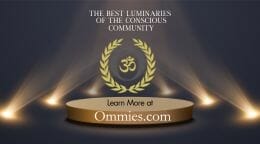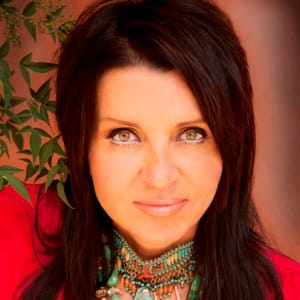Embark on a Shamanic Journey
K: Are there different types of Shamanism in practice today, in modern culture?
S: Core Shamanism refers to the thread of similarities in these practices, across cultures—whether you encounter Innuits from Alaska, Tuvans from Russia, Toltecs and Yacquis from Mexico or Lakotas from the Plains, you are going to find shared beliefs or practices. For example, a common, cross-cultural belief is that Mother Earth provides all the tools we need—the mountains, the sacred waters, the mystery of the forests, and the creatures that are apart of each environment—and these should be shown the greatest respect. One culture may use the name Great Mother; another will have some other name. Some of the practices that cut across cultures include drumming, burning of sage or copal (dried sap), and the trance state the shaman enters. Where we begin to see differentiation is in the particular traditions, myths and legends that are part of a tribal or cultural belief system.
K: For what purposes does a person seek out a modern-day Shaman?
S: A person will seek guidance or assistance from a contemporary Shaman for healing what Western science frequently cannot heal… unexplained illnesses and maladies that fail to respond to medicine. I’ve seen a range of conditions in my clients. In addition, a Shaman gives advice on the complexities of every-day-life challenges.
With the help of a shaman, we consult with power animals, spirit guides, ancestors and angels for advice and wisdom. One could say that we are accessing our highest wisdom, our deepest knowing. It is akin to Jungian psychology with ritual and sacred traditions added into the mix.
K: Sandy, tell us about your experience and training in various Eastern disciplines.
S: Oh, where do I begin? When I began to take this path seriously, I first studied with John Perkins and attended many Gatherings of Shaman. I attended workshops with Dr. Jack Kornfield and Dr. Stan Graf. An important initiation was as a Bon Jonqrini, a forest woman shaman in the “Bon” tradition in the Kathmandu Valley in Nepal. The initiation took place at a monastery in the foothills of the Himalayas. In recent years, I have been traveling to Mexico to study the Toltec teachings with Don Miguel Ruiz, author of The Four Agreements.
I hold a Master’s degree in Experiential Health and Healing and am a certified Hypnotherapist. This path has enabled me to integrate my skills in energy healing, T’ai Chi and QiGong, and the ancient Chinese healing technique, Tui Na, which I learned through at Xuan Wu, a Traditional Chinese Hospital associated with the University of Beijing.
K: What can happen during a shamanic journey, Sandy?
S: My clients are blindfolded to close-off their association with their surroundings or “ordinary reality.” He or she enters non-ordinary reality through a deep meditative process.
OMTimes Magazine is one of the leading on-line content providers of positivity, wellness and personal empowerment. OMTimes Magazine - Co-Creating a More Conscious Reality




